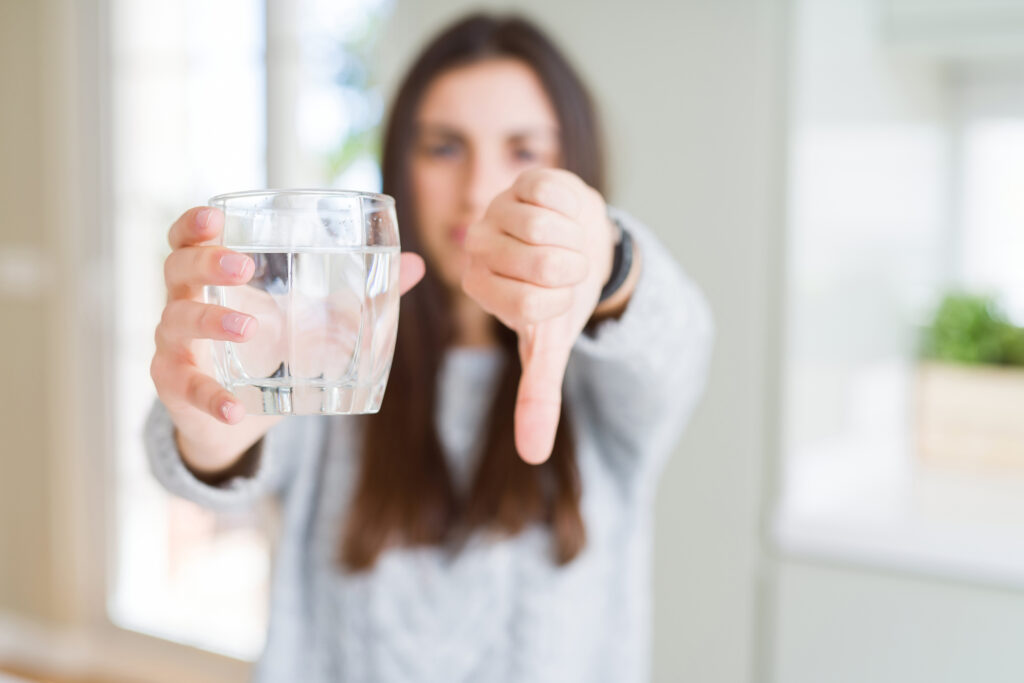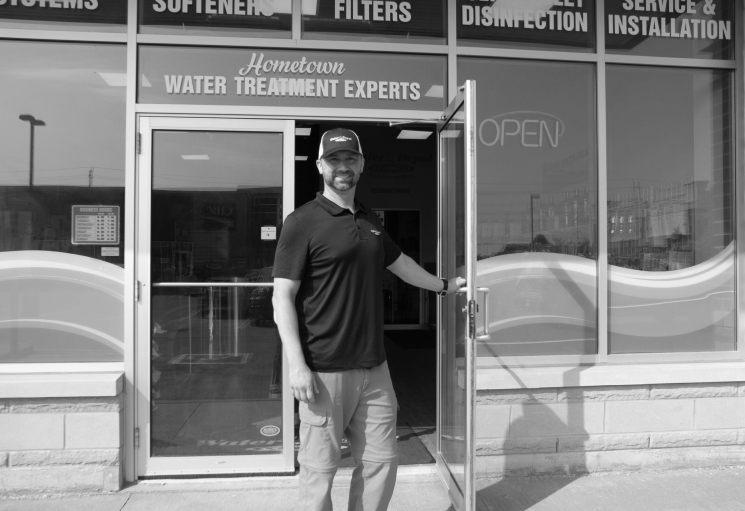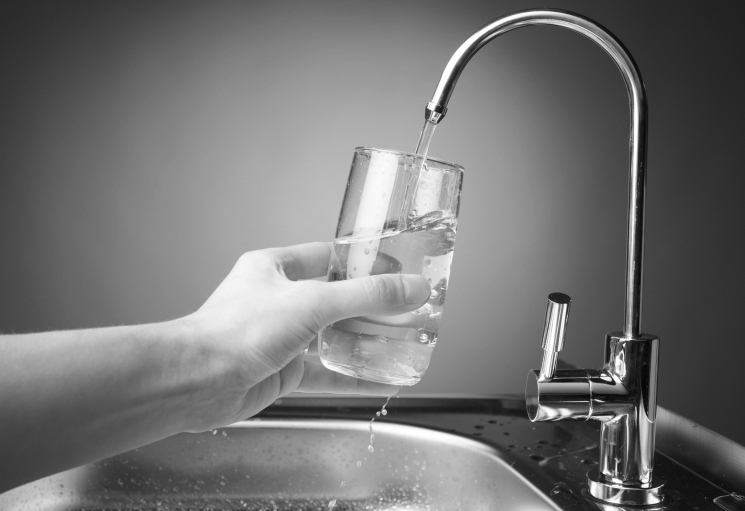
Do You Have Lead in Your Drinking Water?
It is estimated that one-third of Canadian households have lead in their drinking water at a level that exceeds the Health Canada Drinking Water Guideline of 5 parts per billion (ppb). You cannot see, taste, or smell lead dissolved in water, so most homeowners do not know it is there.
How Did Lead Get in My Water?
Lead rarely occurs naturally in water. However, water is a natural solvent, absorbing a little bit of everything it encounters.
Depending on where you live, there is a very high likelihood that the municipal plumbing infrastructure contains lead. As water travels through both the municipal and residential lead pipes it can leach lead into the water that comes out of your taps.
In homes built more than 40 years ago, there is a high probability that lead pipes were used in the plumbing. In Ontario, lead was used for water pipes until 1975, however, lead solder was used to connect pipes until 1986. It wasn’t until 2014 that lead was removed from faucets and hardware.
To safeguard Canadians, Health Canada reduced the Maximum Acceptable Concentration for lead in drinking water from 10ppb to 5ppb in 2019.
What are the Symptoms of Ingesting Lead?
When our bodies absorb too much lead it can have an impact on our health. Lead poisoning can occur in anyone, but children are more likely to be affected. It is common to not show any signs of lead poisoning, but when symptoms are present, they often include:
- Behavioural problems
- Headaches
- Loss of appetite
- Fatigue
- Abdominal pain
- Nausea or vomiting
- Constipation
- Pale skin
- Metallic taste in the mouth
How Do I Know if There is Lead in My Water?
Many municipalities offer free testing for their residents. To find out if your municipality offers this service, you can contact your local Public Health office. You can also have your water tested through a private, accredited lab for a nominal fee. A list of accredited laboratories can be found on the Government of Ontario’s website. Water Depot can help with sampling, submission and testing through our Laboratory partners.
What Can I Do to Reduce My Family’s Exposure to Lead?
After you receive your laboratory analysis results, your local Water Depot store can assist you with NSF Certified Lead reduction filters and several models of NSF Certified Reverse Osmosis systems that meet Health Canada Guidelines for lead in drinking water.
A Reverse Osmosis system uses a series of filters and a Reverse Osmosis membrane to purify water, leaving your family with clean, fresh drinking water. The purified water is then stored in a sealed tank, ready for whenever your family needs it. All Water Depot Reverse Osmosis systems come with a 100% lead-free faucet.
Water Depot
Did you find the information in this article useful? Water Depot are your local water treatment experts, carrying a large selection of water treatment products. Contact us today to find your local store.






